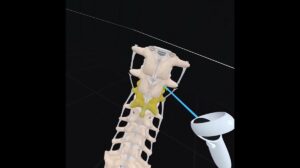Properly functioning genes within our DNA provide the blueprint for the production of proteins. Mutations affecting those genes can result in proteins with altered or zero function. Using gene transfer techniques might be an effective way to restore function of proteins within cells. Gene transfer can occur via adeno-associated virus (AAV) vectors because they can target both dividing and non-dividing cells to correct disease-causing improper protein function.
Therapeutic genes loaded inside an AAV can correct defective or missing protein function by injecting the AAV’s therapeutic genetic material to restore function of the proteins. A capsid encases the genetic material of the vector and helps target delivery to specific cells. Once inside the targeted cells, an episome is formed from the vector genome which allows for long-term expression of the therapeutic molecule. AAVs are nonpathogenic and can be administered by intravenous drip or direct injection to target tissues.




